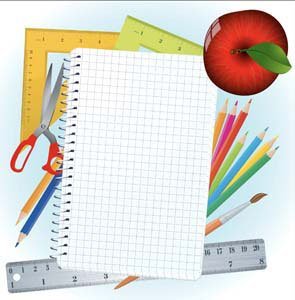ADHD and School
ADHD can affect a student’s ability to focus, pay attention, listen, or put effort into schoolwork. ADHD also can make a student fidgety, restless, talk too much, or disrupt the class. Kids with ADHD might also have learning disabilities that cause them to have problems in school.
Most kids with ADHD start school before their ADHD is diagnosed. Teachers are sometimes the first to notice possible signs of ADHD. They may talk it over with the child’s parent. The parent can then have the child evaluated by a health provider to see if it’s ADHD.
How Can Teachers Help Kids With ADHD?
Let all teachers know if your child has ADHD.
Teachers can help you find out if your child needs an IEP. An IEP (individual education program) is a written plan of goals for a student and things teachers will do to support the student’s progress. Your child’s teacher might suggest an evaluation to see if your child could benefit from an IEP.
Teachers can talk with you about your child’s progress. Ask the teacher to let you know how your child is doing. Using a folder that goes back and forth between you and your child’s teacher is one way to share notes about progress.
Teachers can focus on your child’s needs. Every student with ADHD is different. Some need help paying attention and managing distractions. Some need help staying organized. Others need help getting started with their work, or finishing work they start. Some students with ADHD have trouble staying seated or working quietly. Ask the teacher how ADHD affects your child in the classroom and what you can do to help your child with schoolwork.
Teachers can help your child succeed. Depending on what a student needs, a teacher can do things like:
- Seat a student where there are fewer distractions.
- Give instructions that are clear and brief.
- Have simple classroom routines and rules.
- Be warm, encouraging, and positive.
- Praise efforts.
- Help with organization.
- Guide kids to slow down and take their time.
- Give prompts to stay on task.
- Give breaks to move around in the classroom.
- Give extra time to complete work.
- Teach students how to check their work and catch careless mistakes.
For older students, teachers can also:
- Teach study skills such as taking notes, reading aloud, and prepping for tests.
- Break down multi-step projects and assignments into smaller parts.
Teachers can bring out the best in your child. When teachers see the best in their students, students see the best in themselves. Teachers can convey that every student can grow, learn, and succeed — whether or not they have ADHD.
